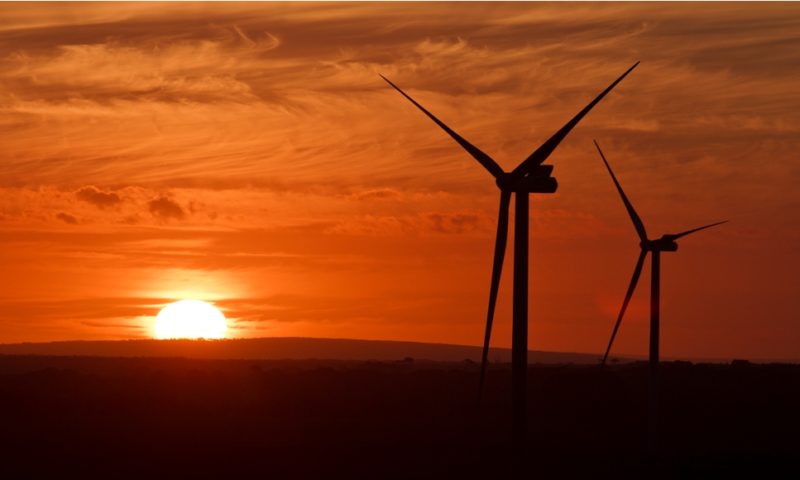The Union power minister has reportedly cautioned seven states—Karnataka, Maharashtra, Andhra Pradesh, Telangana, Madhya Pradesh, Rajasthan and Tamil Nadu—that renewable energy developers could drag discoms of these states to the National Company Law Tribunal (NCLT) over the non-payment of dues. It is learnt that these seven states together owe around Rs.5,300 crore to RE developers, and that the total outstanding of RE developers, pan India, is around Rs.8,200 crore.
This move is very significant as it brings into focus a very serious issue. Dithering of payments to RE developers can be detrimental to the entire renewable energy value chain. It militates against the national aspirations for renewable energy. If the country has targeted to attain 175 GW of renewable energy capacity and expects clean energy to contribute significantly to the nation’s electricity mix, the commercial aspect of the value chain must be robust.
In the current scenario, if power discoms do not make timely payments to RE generators, the latter will in turn default in their loans to financial institutions, potentially making them NCLT cases. Growing instances of this kind can decelerate the growth of renewable energy capacity generation.
In another development, interstate power transmission lines for renewable energy evacuation, structured on the tariff-based competitive bidding (TBCB) mechanism, have seen much needed revival. In the past few months, four such projects have been awarded and another two are likely to follow soon. This is good news for the sector that saw nearly a dozen projects stuck with CERC as there was inordinate delay in finalizing the beneficiary states associated with the underlying renewable energy generation projects.
In general, the Green Energy Corridor (GEC) that involves the setting up of nationwide power evacuation infrastructure for RE projects, needs to accelerate. GEC entails intrastate as well as interstate lines. The overall target for GEC is 9,400 ckm of intrastate lines and 3,200 ckm of the interstate type. As of July 5, 2019, less than 25 per cent of intrastate lines were completed while interstate lines were progressing well. RE-centric states will do well to step up project implementation of intrastate GEC lines, also exploring the possibility of private sector participation to accelerate the pace.
Also read: The changing complexion of Power Grid Corporation of India
Just like in conventional energy, renewable energy has also come to a point where generation, as an aspect, is well taken care of but it is the transmission and distribution (T&D) front that needs attention and policy support.
The author of this article, Venugopal Pillai, is Editor, T&D India, may be reached on venugopal.pillai@tndindia.com. The views expressed here are personal.

